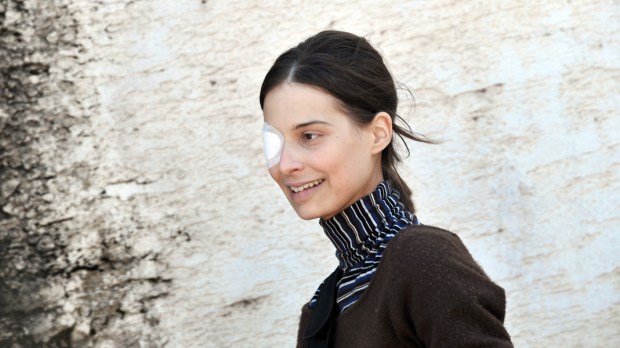Though Pope Francis opened a fourth category for canonization causes last July, the leader of the Vatican congregation for saints’ causes said last week that no one has yet to use it.
The July 2017 document Maiorem hac dilectionem (“Greater love than this”) opened a fourth path for the canonization of saints, a path titled oblatio vitae, “the offering of one’s life.”
This category provides a framework for recognizing “heroic Christian witness,” explained Archbishop Marcello Bartolucci of Bevagna, Italy, secretary of the Vatican’s Congregation for Saints’ Causes, in an interview with L’Osservatore Romano at the time of the release of the pope’s document.
Up until the establishment of this fourth category, there had been three paths leading to beatification and eventual canonization: martyrdom “in odium fidei” [being killed because of your Catholic faith – translator’s note], recognition of the heroic living of virtue, and a third, called “equivalent canonization,” when a pope simply confirms a devotion to a saint who is already well-established in the Church. This equivalent canonization was the case of the Jesuit Pierre Faber (1506-1546) recognized by Pope Francis in 2013, or of Hildegard of Bingen, recognized by Pope Benedict XVI.
The new path, oblatio vitae, is taken from the Lord’s assertion, “Greater love hath no man than to lay down his life for a friend.”
Read further explanation and background here.
Cardinal Angelo Amato has clarified, though, that at the Vatican level, “there still hasn’t been any cause for beatification introduced according to this new pathway.”
There was consideration that it could be used for the 19 Catholics who died in Algeria during the civil war in the 1990s, including Monsignor Claverie and the monks of Tibhirine. Their cause should be concluded between now and the end of January, according to the Cistercian postulator.
Read more:
Monks of Tibhirine, depicted in ‘Of Gods and Men’, to be beatified
However, the prefect of the Congregation gave other examples of cases eligible for this procedure, without explicitly giving names. He referred to charity workers who “contract an illness while helping victims of the plague, who then succumb to the same illness themselves.” This could be the case of a religious from Congo who died during the Ebola virus epidemic, for example.
The cardinal also spoke of pregnant women who refuse treatment necessary for their survival, so as not to endanger the life of their unborn child. Such was the recent case in Rome with a young Catholic Italian, Chiara Corbella, who was diagnosed with cancer while pregnant; refusing treatment to save her son’s life, she died on July 13, 2012. The diocesan phase of her beatification process is currently ongoing.
Aleteia readers have gotten to know and love Chiara Corbella through these two interviews with her husband. If you’ve missed them, check them out:
Interview: The husband of Chiara Corbella on his wife’s sacrifice and possible canonizationOn the road to sainthood: The widower of Chiara Corbella talks about his wife’s faith and their marriage
The final examples cited by the prefect include a young man who “freely and by Christian charity” took the place of someone condemned to death and a family man, but also a military chaplain, who continued to assist a dying person in peril of his own life.
In the past, St. Louis Gonzaga (1568-1591), who died treating those afflicted with the plague in Rome, or St. Damien de Veuster (1840-1889), who lived with lepers on the island of Molokai, could both have fallen into this new category. As well as St. Gianna Beretta Molla (1922-1962), a mother who refused an abortion and hysterectomy in order to preserve her unborn child, to the detriment of her own life.

